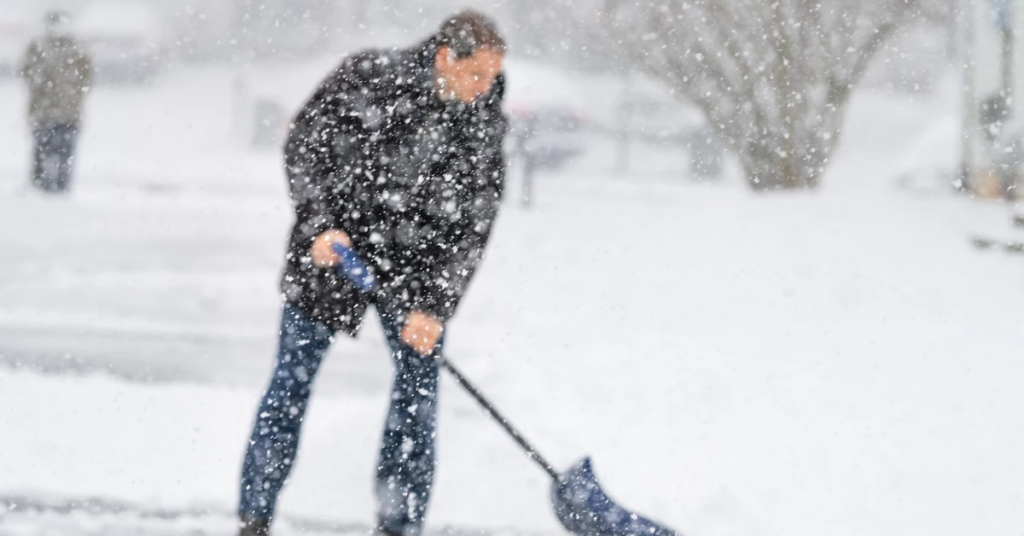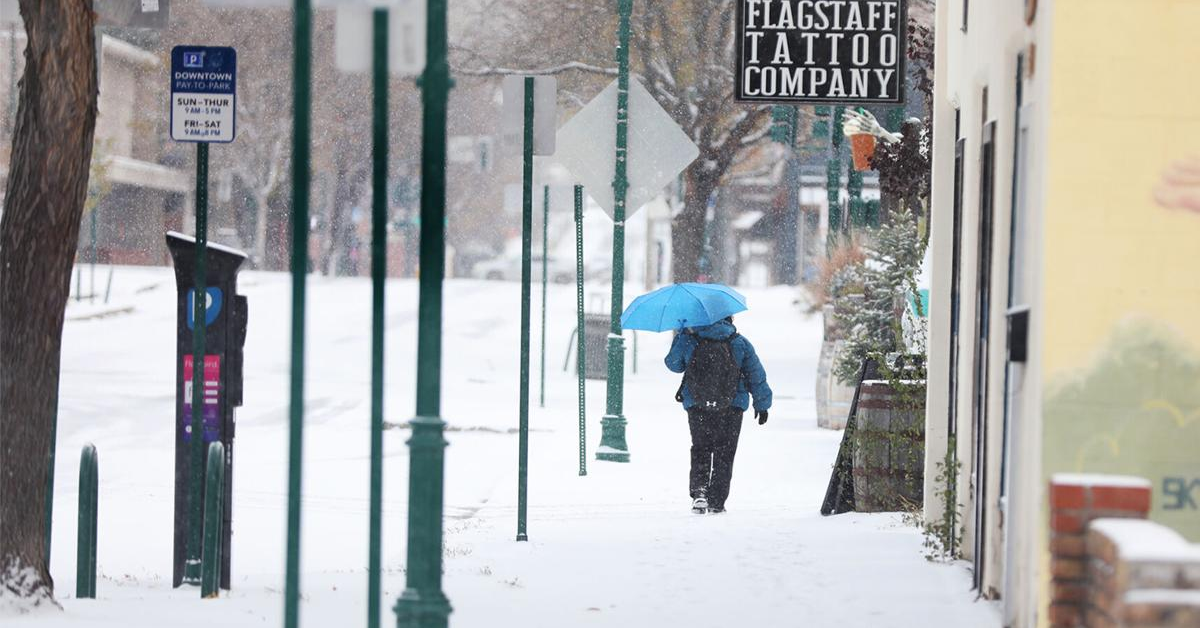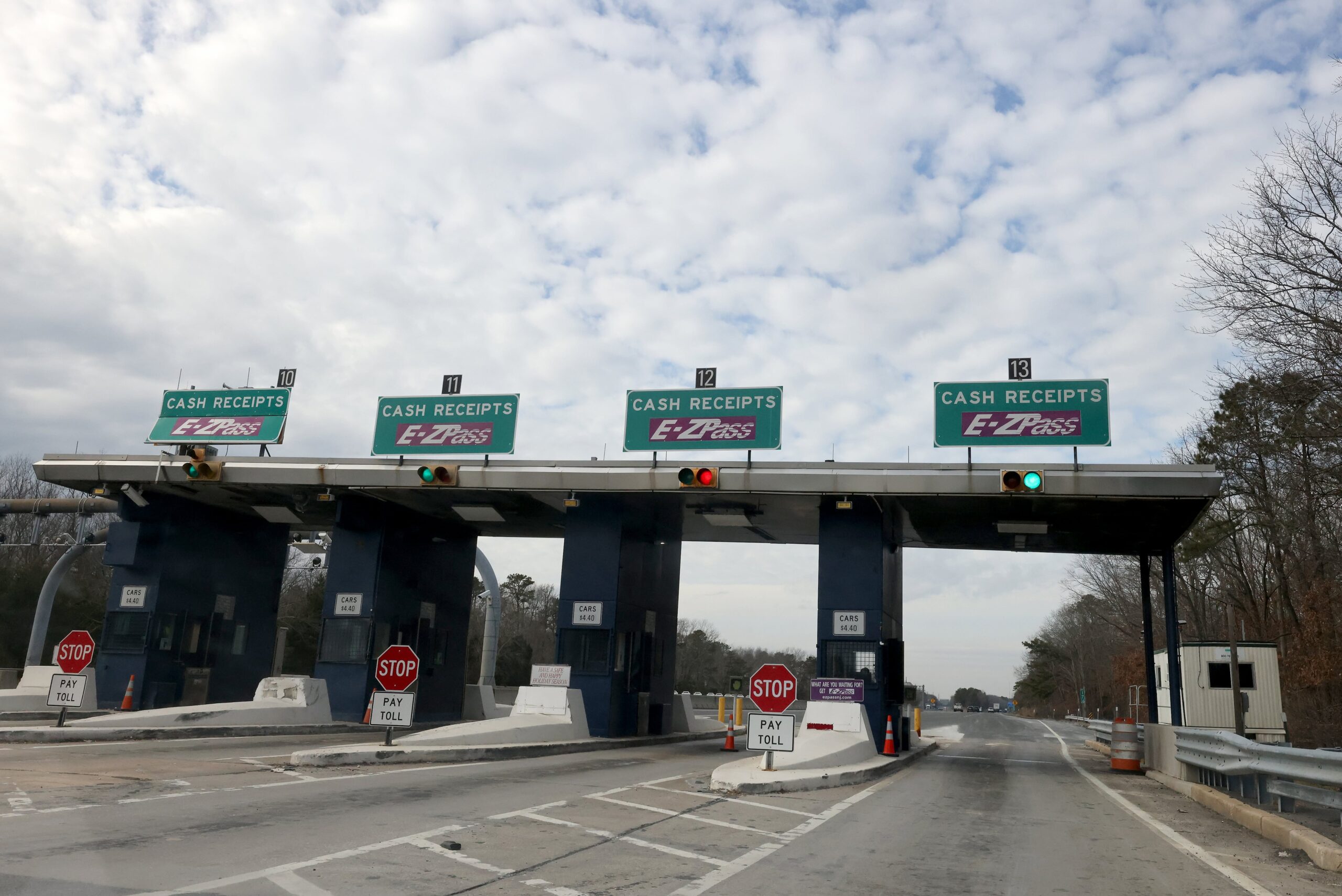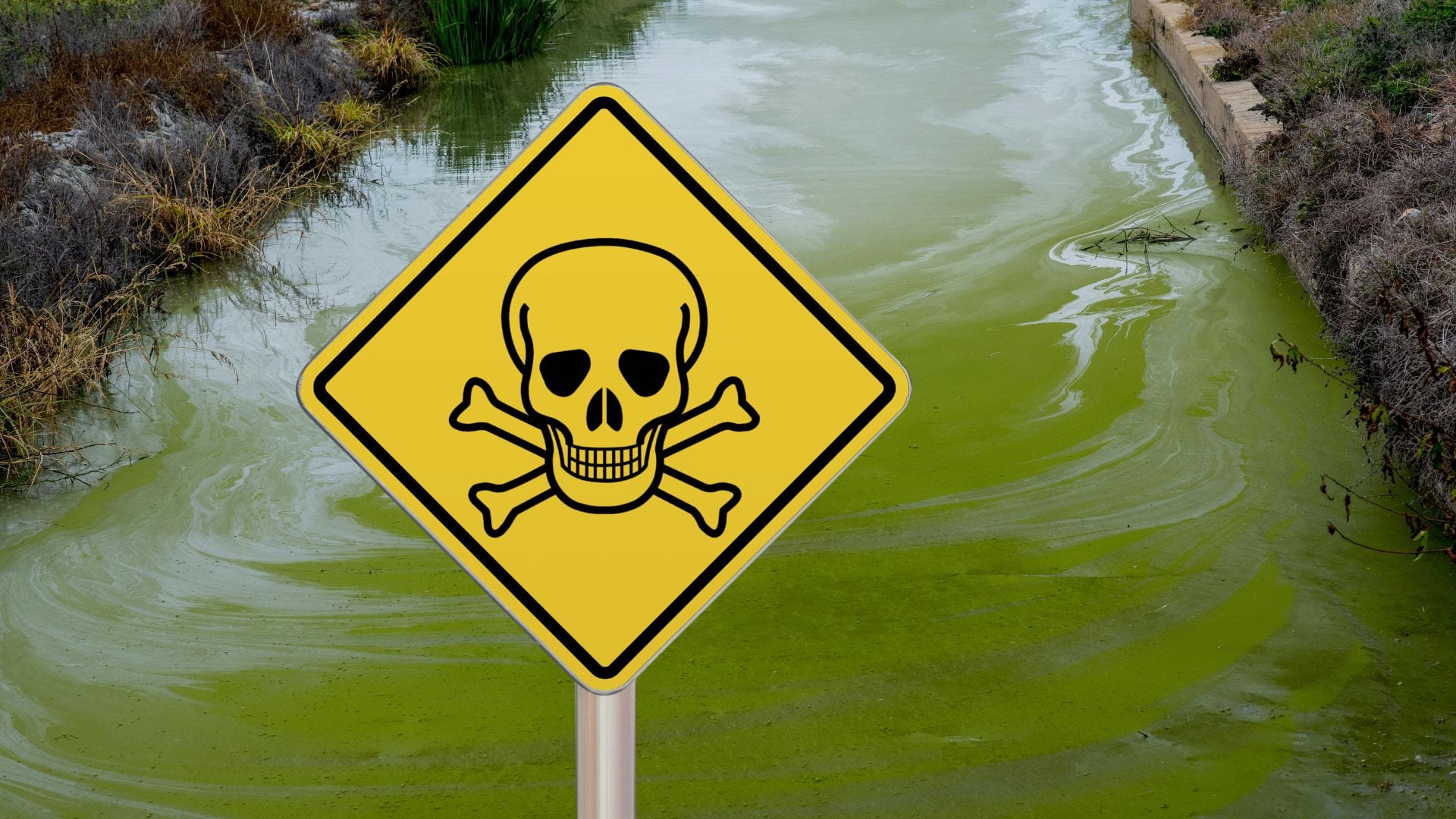About a week before this article was written, social media was buzzing with talk of a massive snowstorm heading for New Jersey. As the weekend approached, the chatter grew louder, with many convinced the state was about to experience one of its biggest snowfalls in years.
People predicted feet of snow, causing widespread panic. But as soon as Monday arrived, everything changed. The overhyped storm turned out to be much less severe than expected, and the dramatic warnings that spread like wildfire online suddenly disappeared.
The truth is that real forecasters were careful not to make bold claims too early. They consistently warned that it was too soon to know for sure if a major snowstorm would actually hit. And they were right.
It all comes down to a classic case of history repeating itself. Someone posts an alarming weather prediction far in advance, and everyone shares it without question. Then, when the actual storm turns out to be much weaker or nonexistent, people blame professional meteorologists—who, ironically, were the ones cautioning against believing the hype from the beginning.
This cycle happens repeatedly, and it’s unfair to meteorologists who work hard to provide accurate forecasts. They rely on science and data, not speculation, to provide the best possible information.
Anyone can post a weather map with exaggerated snowfall predictions, and many people will believe it without fact-checking. If someone claimed New Jersey was going to get 36 inches of snow on February 30, there would be people who take it seriously—even though February 30 doesn’t even exist.
Weather apps that show raw data without expert analysis exacerbate the problem. These apps can make the situation seem more alarming than it really is, fueling unnecessary panic. But just because an app predicts something doesn’t mean it will actually happen.
For New Jersey, one of the best meteorologists to follow is Chief Meteorologist Dan Zarrow. Most people don’t realize the effort he puts in behind the scenes to provide the most reliable weather updates. He is one of the most trusted experts in the field, and his forecasts are based on careful analysis, not speculation.
The solution is simple: be more responsible when sharing weather predictions. Avoid spreading exaggerated forecasts, especially those that come from unreliable sources. Think twice before hitting the share button. Trust professional meteorologists, not random social media posts or weather apps that lack expert interpretation.
We often think we know better than the experts, but the truth is, we don’t. Let’s stop feeding into unnecessary panic and start relying on real forecasters who dedicate their careers to keeping us informed and prepared.
Weather forecasting is a complex process that involves analyzing multiple factors such as air pressure, temperature, wind patterns, and historical data. Meteorologists spend years studying atmospheric science to develop the skills needed to interpret and predict weather patterns accurately. Despite their expertise, they are often dismissed in favour of social media rumours and dramatic headlines.

Many people don’t realize that long-range forecasts are not always reliable. Weather conditions can change rapidly, and what appears to be a major storm one week in advance might turn into nothing more than a light dusting of snow. This is why professional meteorologists are cautious with their predictions, constantly updating them as new data comes in.
The internet has made it easier for misinformation to spread, and weather predictions are no exception. A single exaggerated post can go viral within hours, leading to widespread panic. This not only causes unnecessary stress but also impacts businesses, schools, and emergency services, which may prepare for a disaster that never arrives.
Misinformation about the weather can also have economic consequences. Businesses that rely on travel and outdoor activities may suffer losses if people cancel plans based on inaccurate forecasts. Similarly, unnecessary panic buying can create shortages of essential supplies, making it harder for those who truly need them to find what they require.
Another factor contributing to weather misinformation is the way headlines are crafted. Sensationalized headlines generate more clicks, and some media outlets prioritize engagement over accuracy. This can lead to misleading stories that exaggerate the severity of upcoming weather events.
The responsibility of sharing accurate weather information doesn’t just fall on meteorologists—it’s also up to the public. Before sharing a weather forecast, take a moment to verify the source. Check if the information comes from a reputable meteorologist or a trusted news outlet. If something sounds too extreme, it probably is.
Educating the public about how weather forecasts work can help reduce misinformation. Schools and community programs should include basic meteorology lessons, helping people understand how weather predictions are made and why they sometimes change.
At the end of the day, meteorologists’ goal is to keep people safe and informed. Instead of contributing to unnecessary panic, we should appreciate their work and rely on their expertise. By being more mindful of the weather information we consume and share, we can ensure that New Jersey residents stay well-prepared without unnecessary fear.
Disclaimer: This article has been meticulously fact-checked by our team to ensure accuracy and uphold transparency. We strive to deliver trustworthy and dependable content to our readers.








